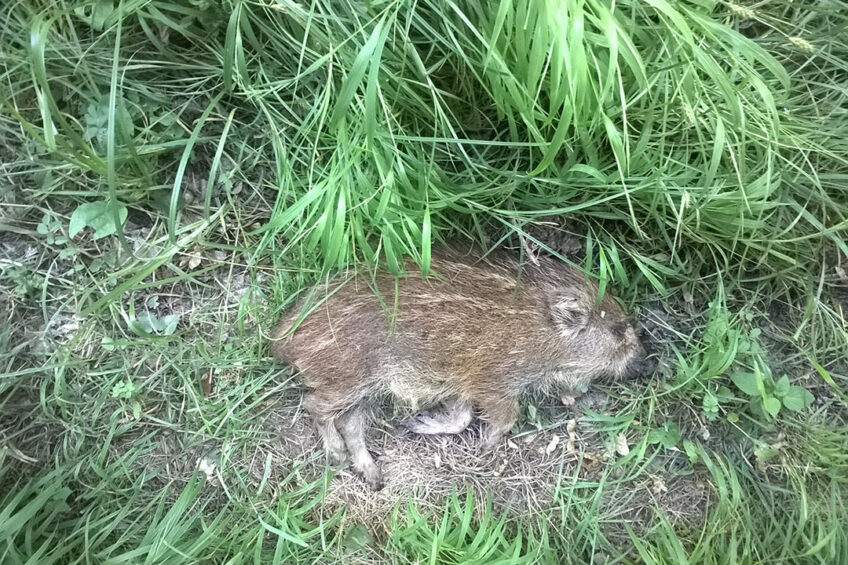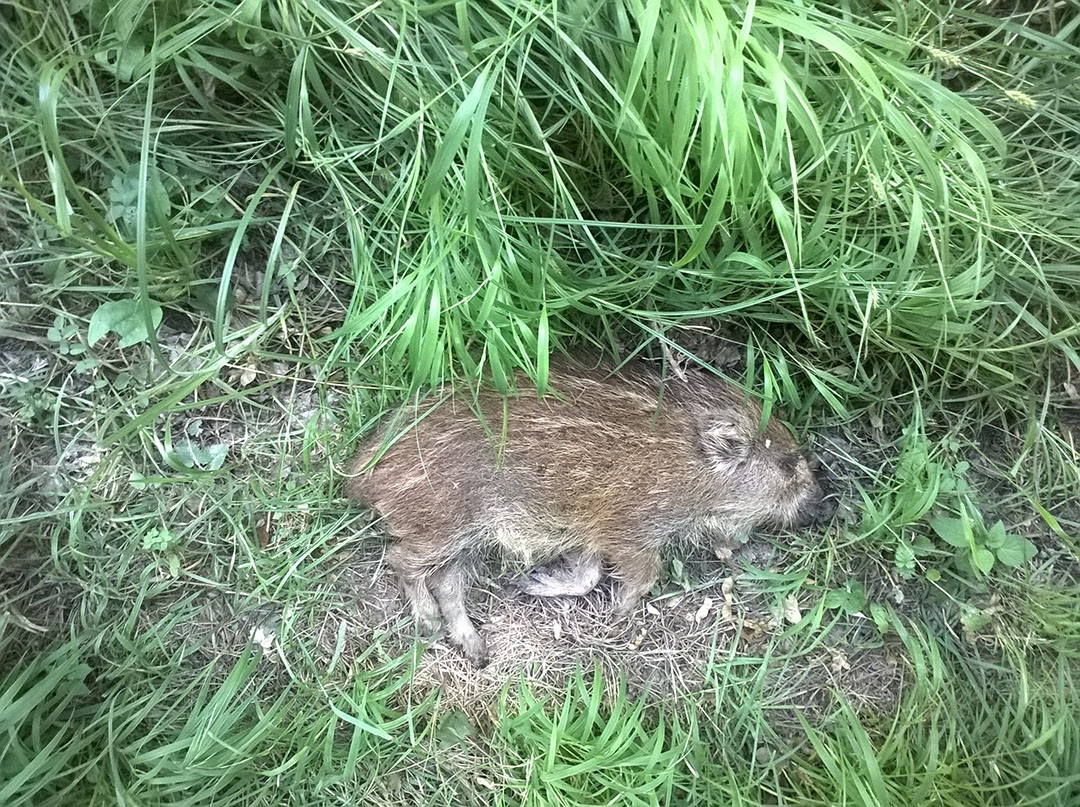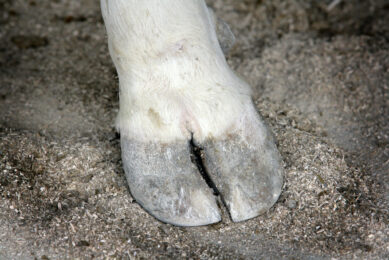ASF Germany: Infected wild boar count crosses 3,000 mark

The count of wild boar that has fallen victim to African Swine Fever virus in Germany has exceeded the 3,000 mark. Just before the New Year commences, the number of infected animals is 3,092.

That number is the result of the reports by the authorities of the various infected German states Brandenburg, Saxony and Mecklenburg-Vorpommern. In the 3 states, all of them bordering Poland, in another 257 carcasses were tested positive for African Swine Fever (ASF) virus.
The interactive Pig Progress map below shows the spread of the virus in wild boar in the cluster at the German-Polish border on December 30, 2021
When zooming out, the general picture is that most outbreaks occurred relatively close to the border with Poland, with 2 major exceptions. In Saxony, ever since October of this year, a set of outbreaks have been found north of the city of Dresden, in a zone in Meissen district, that is roughly 80 km inland. That caused the local authorities to set up and already enlarge a new core zone there, with fencing to ideally block further movement of (infected) wild boar. So far 18 infected victims have been localised there.
In the northern state Mecklenburg-Vorpommern, something similar occurred, about 80-85km south of Rostock. In this area so far, 7 wild boar carcasses were found, the last of which happened on the 2nd of December. This zone is about 150km west of the border with Poland.
Complication to ASF control strategy
These 2 outbreaks away from the Polish border together form a complication to the German intentional strategy of building a border corridor against the influx of ASF positive wild boar. Once the situation behind the border would’ve been under control, the corridor with double fencing should have kept the country safe from disease pressure from Poland.
ASF on pig farms in Germany
In total 4 farm sites got infected with ASF in Germany in 2021. Three of them, in Brandenburg state, were relatively small-sized, but the 4th, an apparently isolated case in Mecklenburg-Vorpommern state mid-November, had almost 4,000 pigs on-site.
ASF situation in western Poland
Across the border, in Western Poland, the cluster keeps expanding in virtually all directions. Where the first outbreaks occurred in a village called Tarnów Jezierny in eastern Lubusz province in November 2019, the major viral activity is now happening in a wide radius around that initial location. That means that outbreaks are being found to the north, along the border with Germany, at about 30km from the city Szczecin, to the south to be as close as 15km from the border with the Czech Republic – and also to the east, where the Opole province also reported its first occurrence, as many cases were found east of Wroclaw in November and December 2021.
ASF on pig farms in Poland
Last but not least: the virus is also present in the whole of Poland, as it has been found in wild boar in Eastern Poland since 2014. It has led to a record of 124 pig farms being infected in the whole of the country, some of them being small-size, some of them of commercial size. The previous record was achieved in 2020 with 103 farms infected.
The largest Polish farm to be infected with ASF in 2021 was in Lubusz province, in March, when the virus arrived at a farm with almost 16,000 pigs. In total 7 farms of the 124 had more than 1,000 animals on-site.











